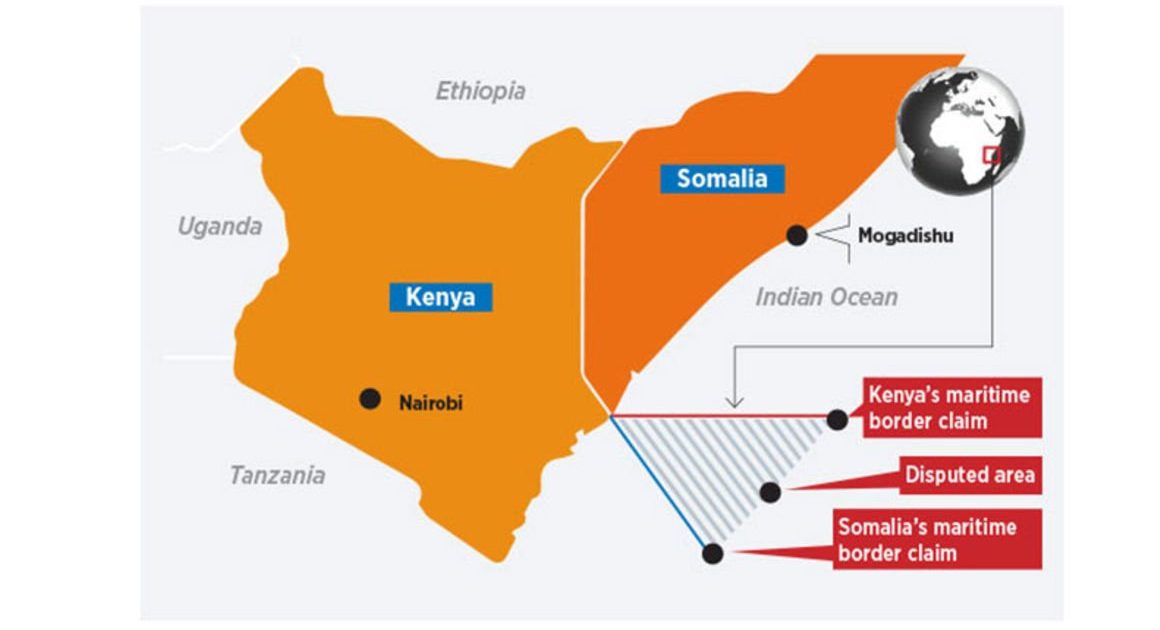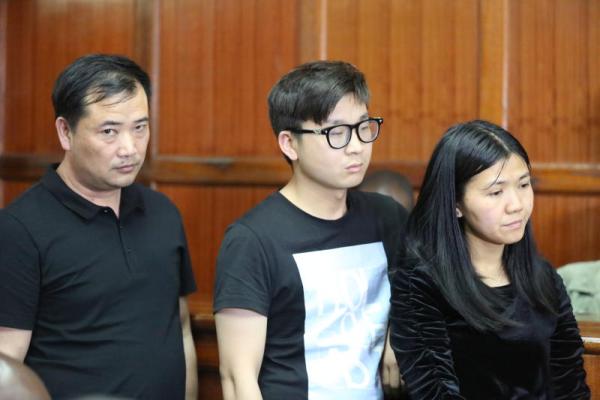Kenya has failed to strike oil and gas deposits in the coastal strip that has for years been at the centre of an international border dispute with neighbouring Somalia.
Seismic surveys at Mlima-1 well, which is known as Block L11B in the Lamu Basin, revealed that the wells were dry, ending a 10-year search for oil in the coastline that had emerged as one of the world’s hottest exploration prospects.
The Energy and Petroleum Regulatory Authority (Epra) said that ENI Kenya Business Venture (BV), formerly Agip, folded the project before mid this year after it failed to trace deposits of oil and gas in the area.
It granted Eni the exploration permit in 2012 amid protests from Somalia’s government that Kenya was offering the blocks illegally.
Kenya stepped up exploration activities in the Lamu Basin in December last year, weeks after rejecting a UN court ruling that decided mostly in favour of Somalia in the maritime row.
“There was promising activity but unfortunately, they (ENI) hit a dry well and they had to close the operations,’’ Epra said.
Kenya’s first major oil discovery in Turkana had raised expectations of more strikes, particularly at the coast.
Kenya is not liable to compensate the multinational in the absence of the deposits.
ENI had been mapping for deposits of oil and gas in the Lamu Basin since April last year despite the border row with Somalia over the coastal strip that spans 100,000 square-kilometres.
The basin stretches from the Kenya-Somalia border to the boundary with Tanzania and the government was banking on its vastness to secure Kenya oil production wells.
The start of the explorations sparked a diplomatic tiff with Somalia after Mogadishu accused Nairobi of encroaching on its mineral resources. Somalia lodged a case before the International Court of Justice (ICJ) in August 2014 over the strip believed to harbour oil, natural gas and mineral reserves.
Kenya accused Somalia of auctioning exploration rights in the disputed maritime territory in the Indian Ocean, with Nairobi even recalling its ambassador to Mogadishu two years ago.
Nairobi went ahead and wrote to the UN in 2016 seeking authority and expertise to map out its territorial waters to enable it tap the huge oil, gas and mineral wealth believed to be underneath the Indian Ocean sea bed.
The UN court ruled mostly in favour of Somalia in October last year, triggering a protest from Nairobi, with the government saying that it wouldn’t cede an inch of the disputed region.
Kenya had accused the UN- backed court of bias, underlining its resolve to hold onto the coastal strip.
The Kenyan government was banking on the wells in the Lamu Basin to launch it into an oil-producing country following the longer than anticipated wait in commercialising the South Lokichar venture.
The failed Lamu Basin project leaves Kenya with three exploration basins in Anza, Mandera and Tertiary Rift Basin.
It also dampens Kenya’s oil prospects a year after British petroleum consulting firm Gaffney Cline Associates (GCA) in an audit increased the country’s commercially extractable oil volume to 585 million barrels from the previous estimate of 433 million barrels.
Kenya first announced the discovery of oil in Block 10BB and 13T in Turkana in March 2012, raising hopes of petro-dollars needed to fuel economic growth. But the country is yet to fully commercialise crude oil a decade later.
The country had set a December 2021 deadline for oil exploration firm Tullow to present a comprehensive investment plan for oil production in Turkana or risk losing concession on two fields in the area.
Tullow in October last year presented a revised development plan for oil production in South Lokichar Basin. But approval of the plan delayed after the lapse of the term of the 12th Parliament that was expected to debate and approve it.
The plan is now targeted for approval before end of the current financial year in what offers Kenya a fresh opportunity to become an oil exporter.
-Business Daily





